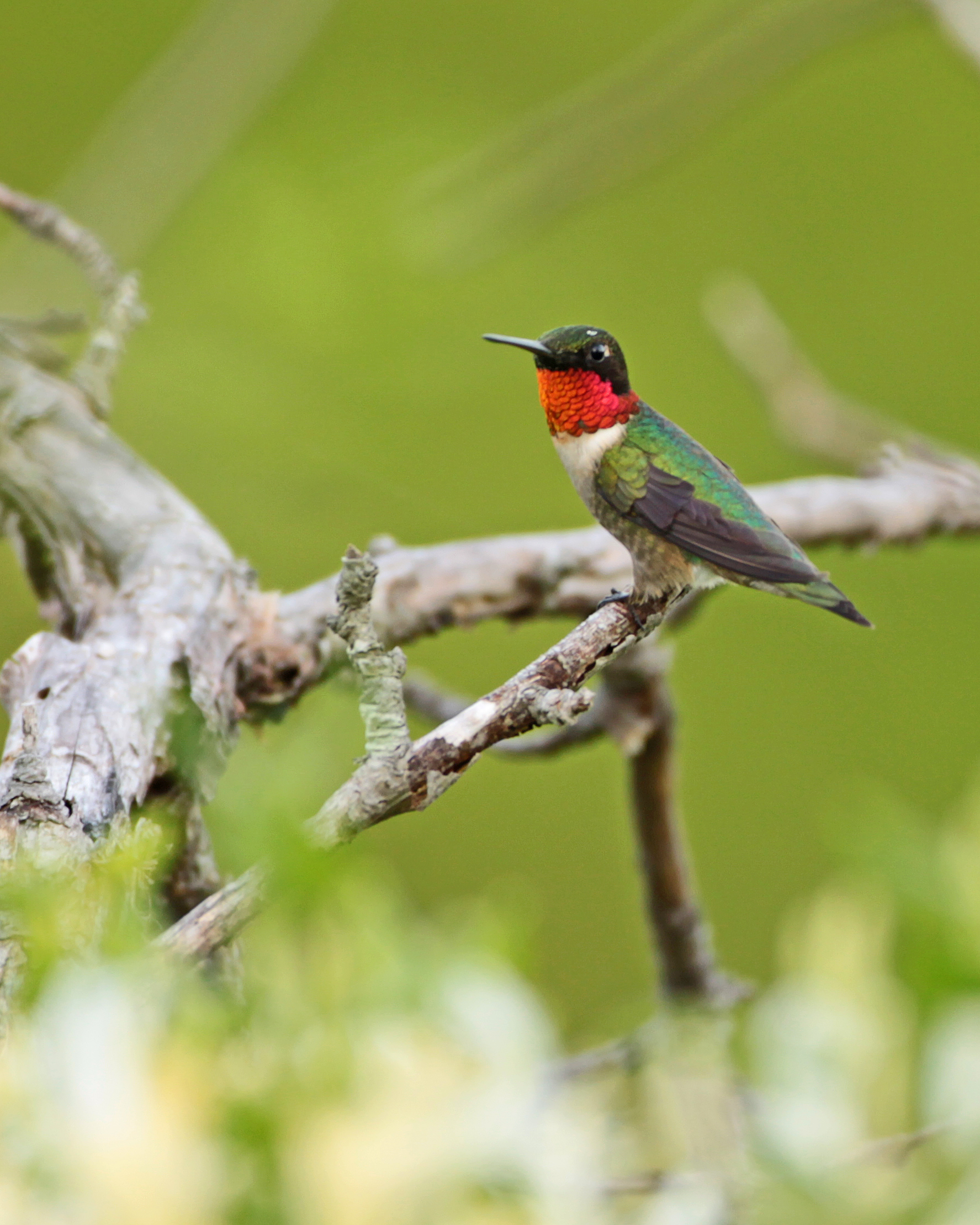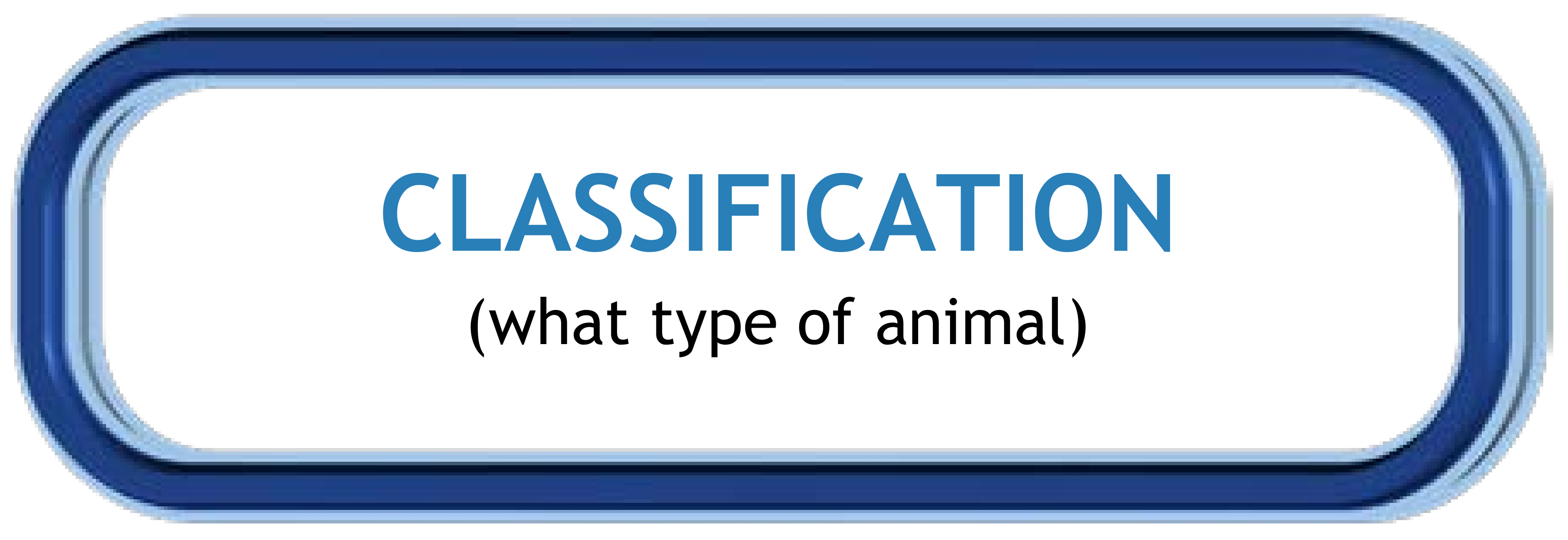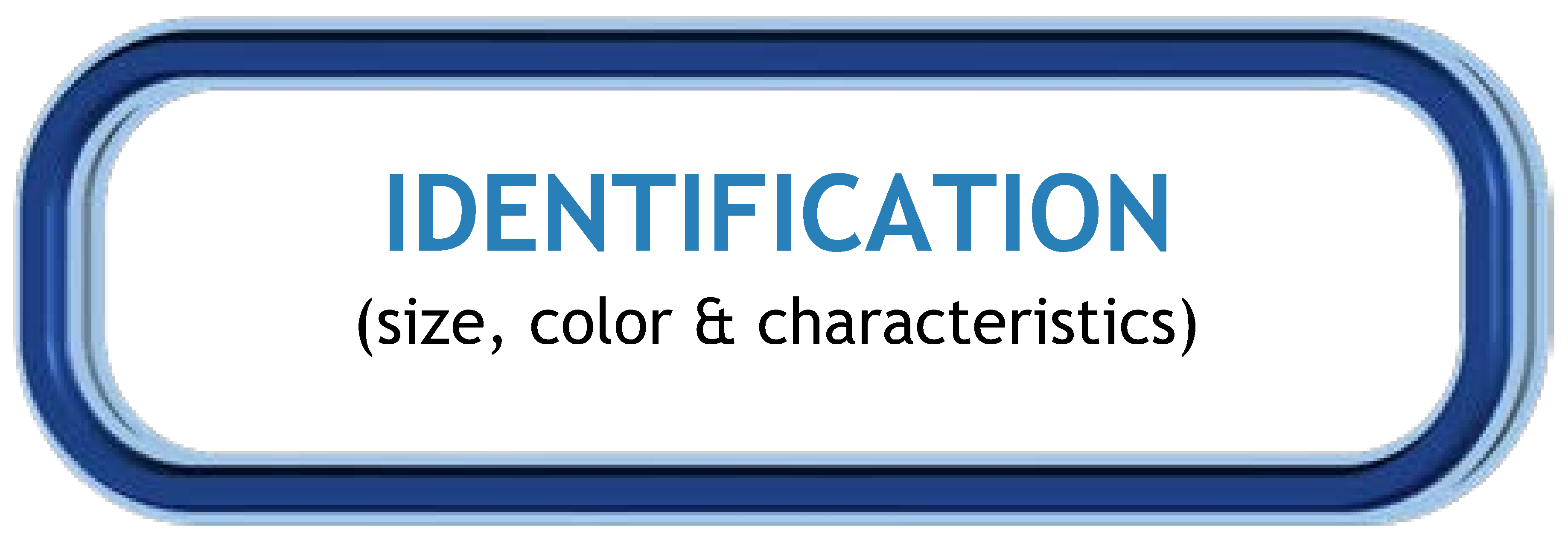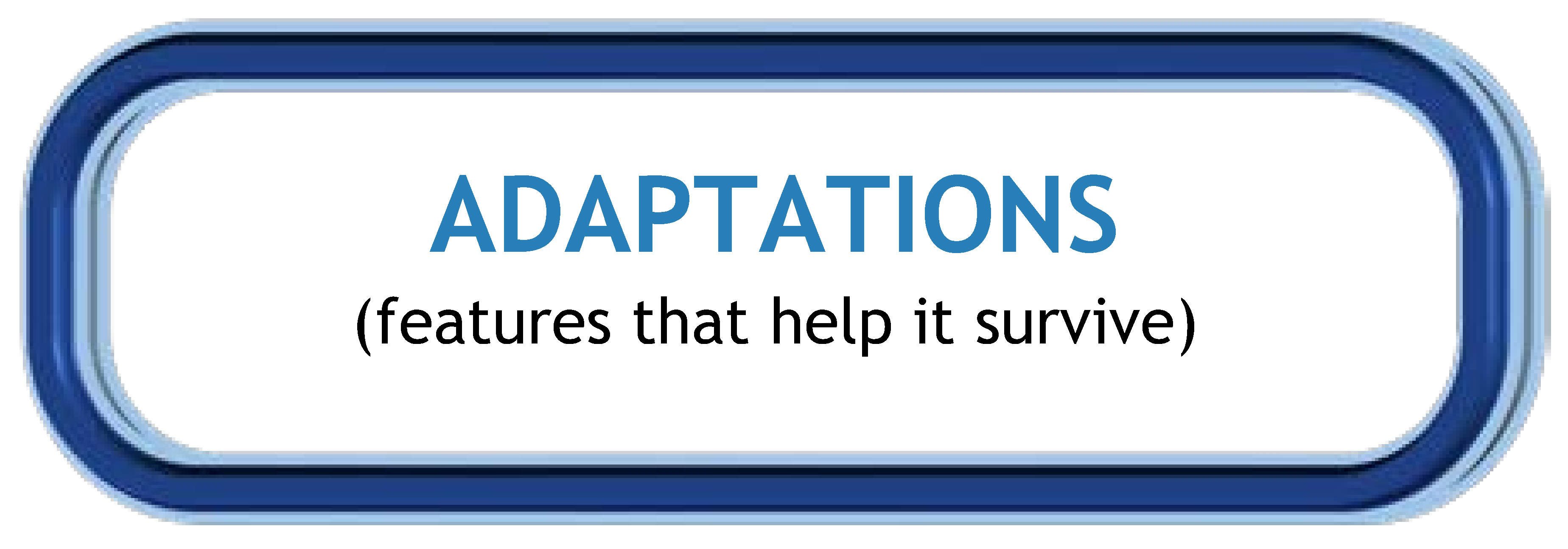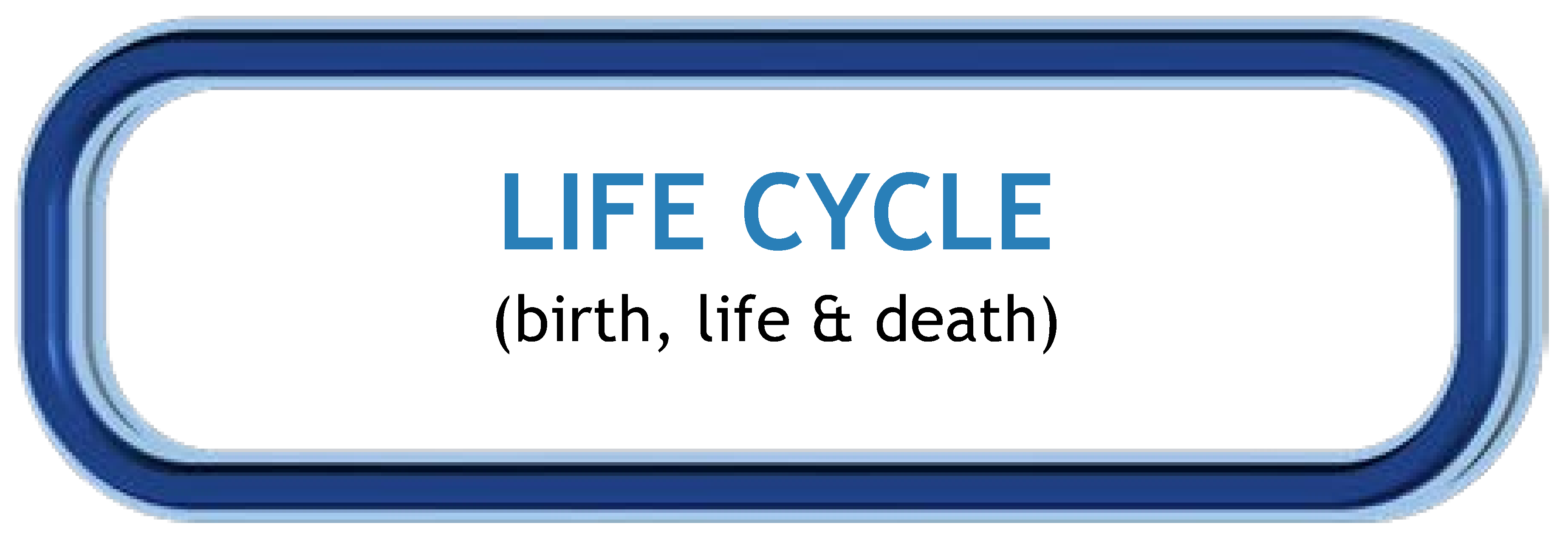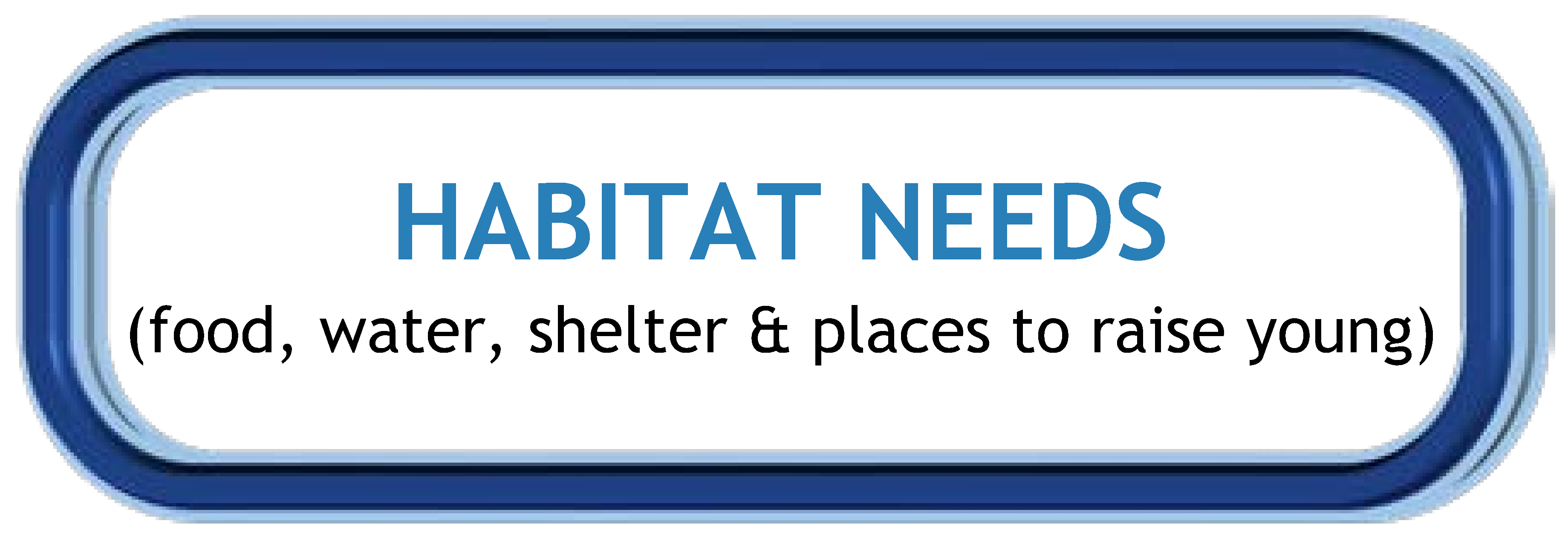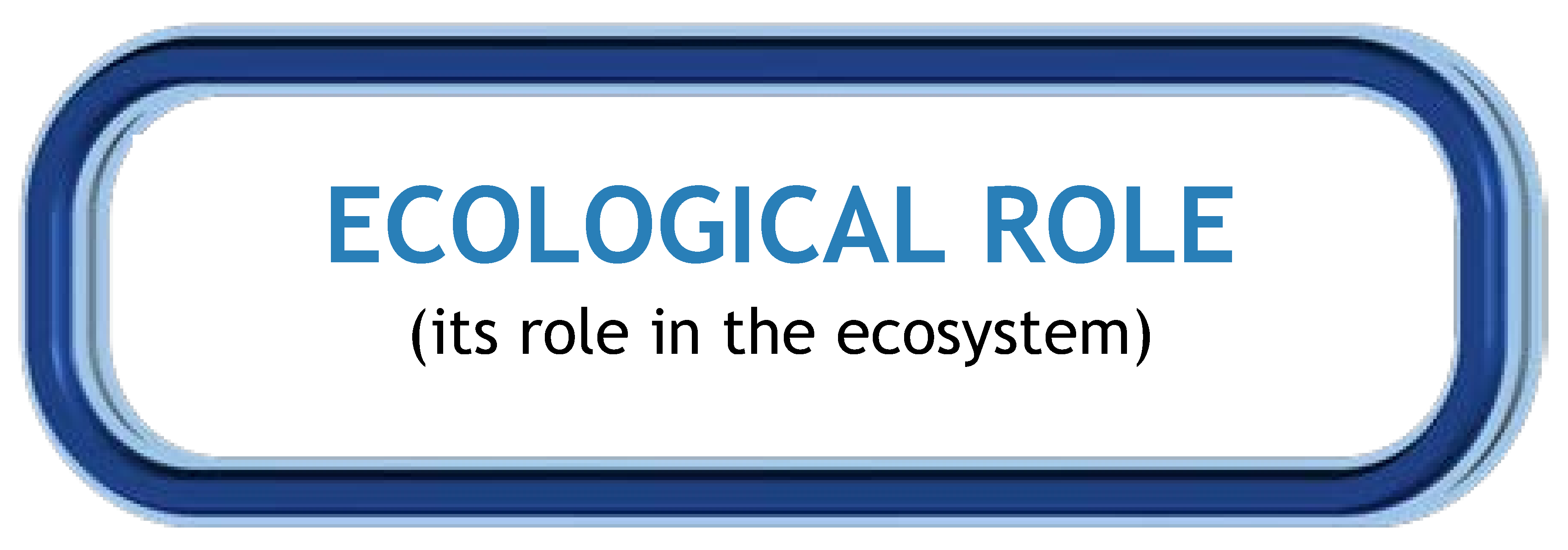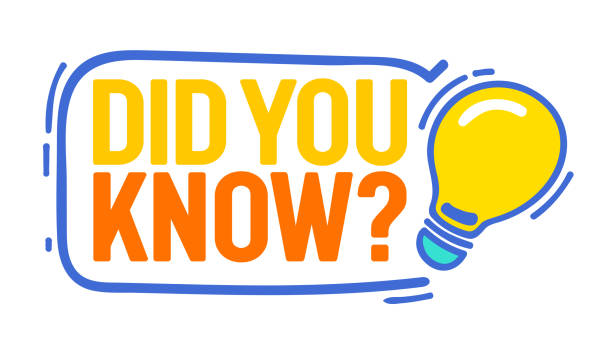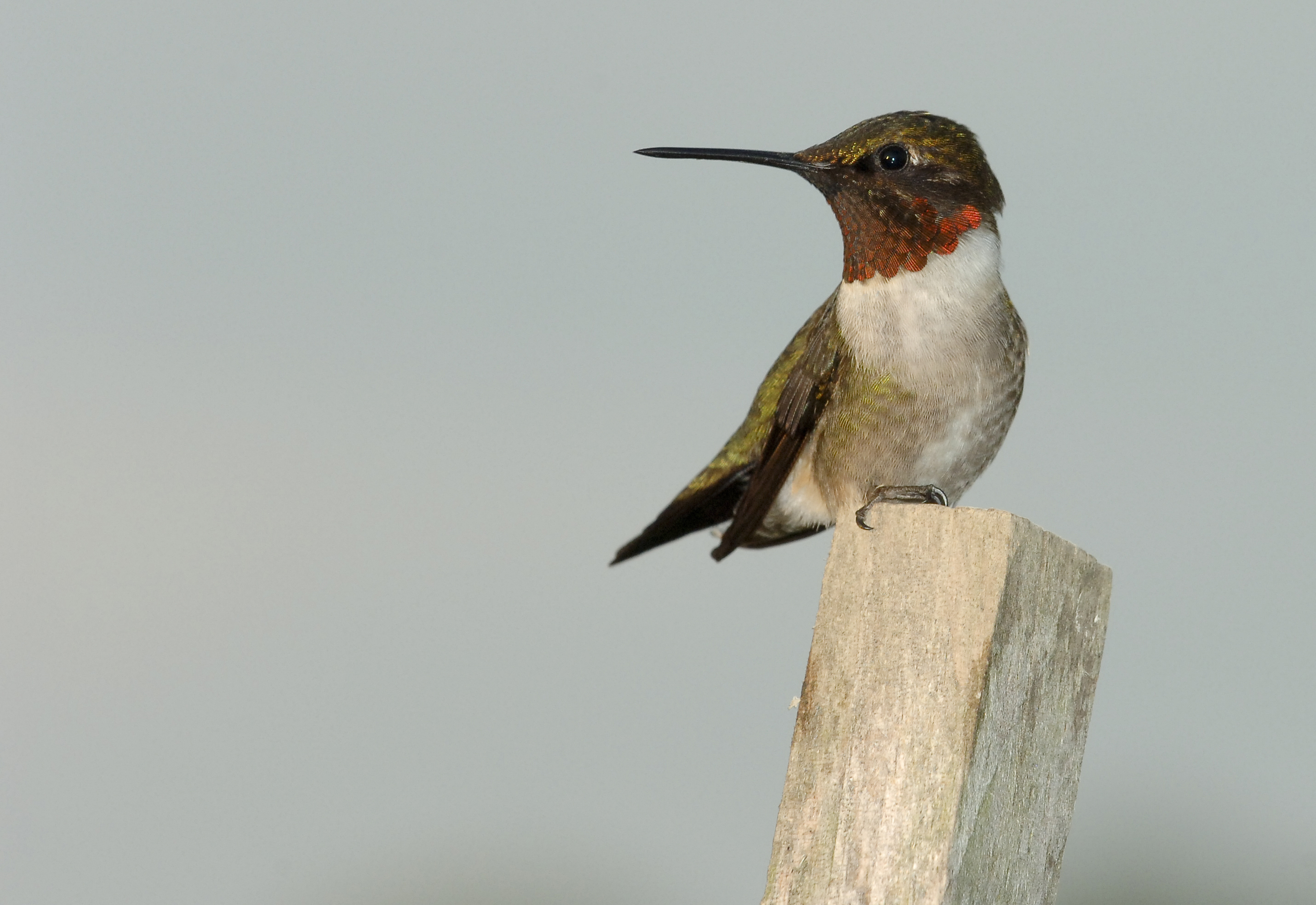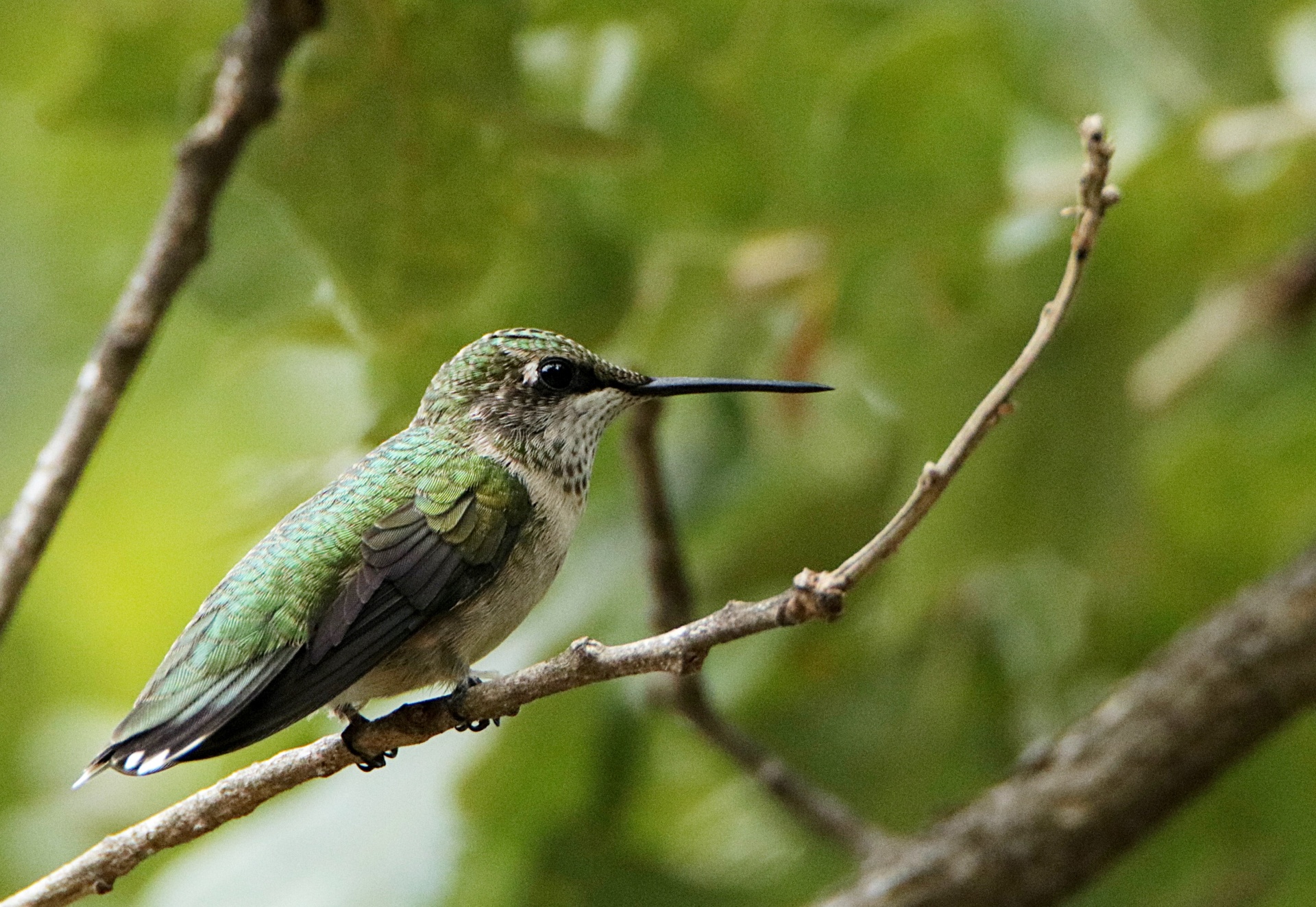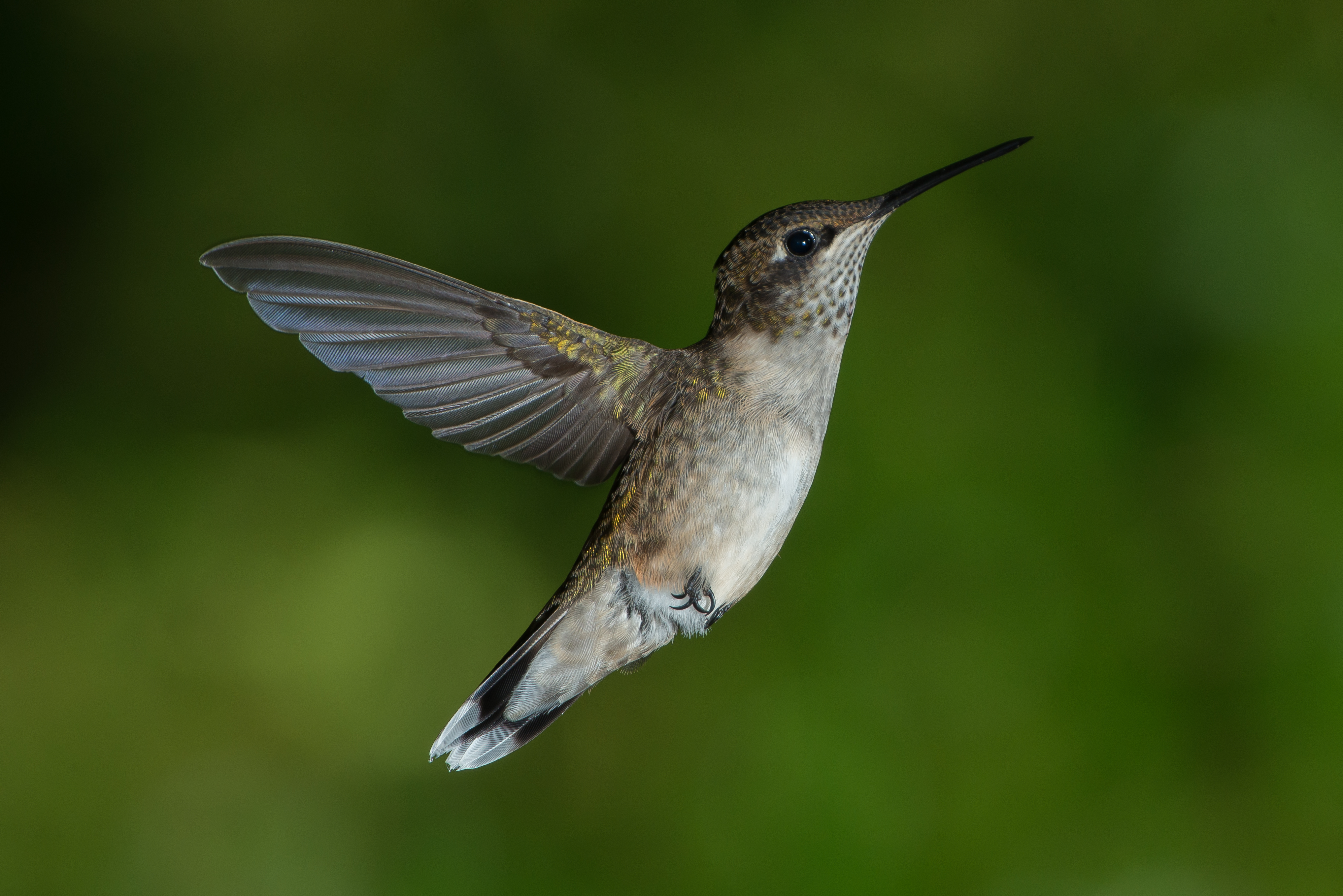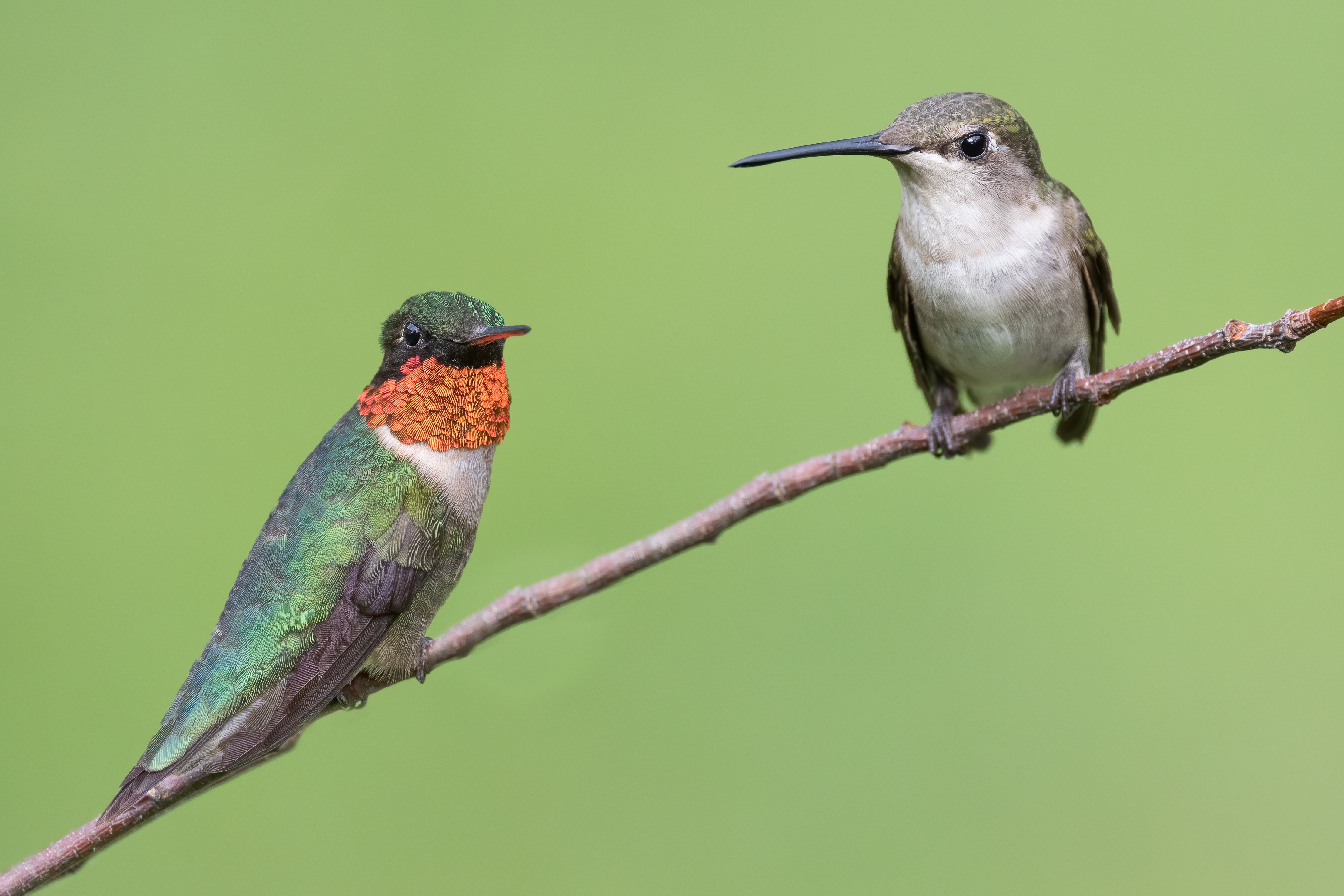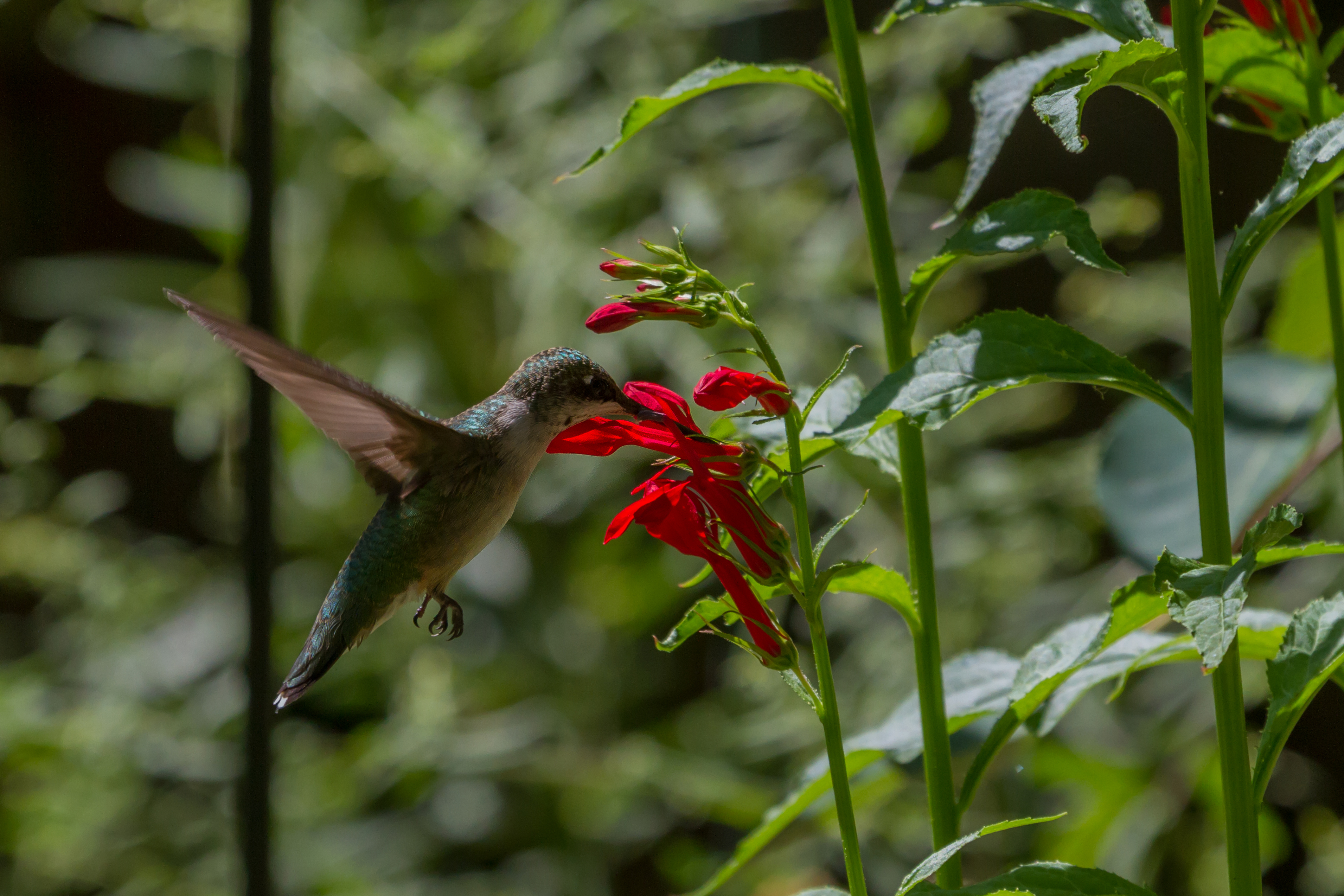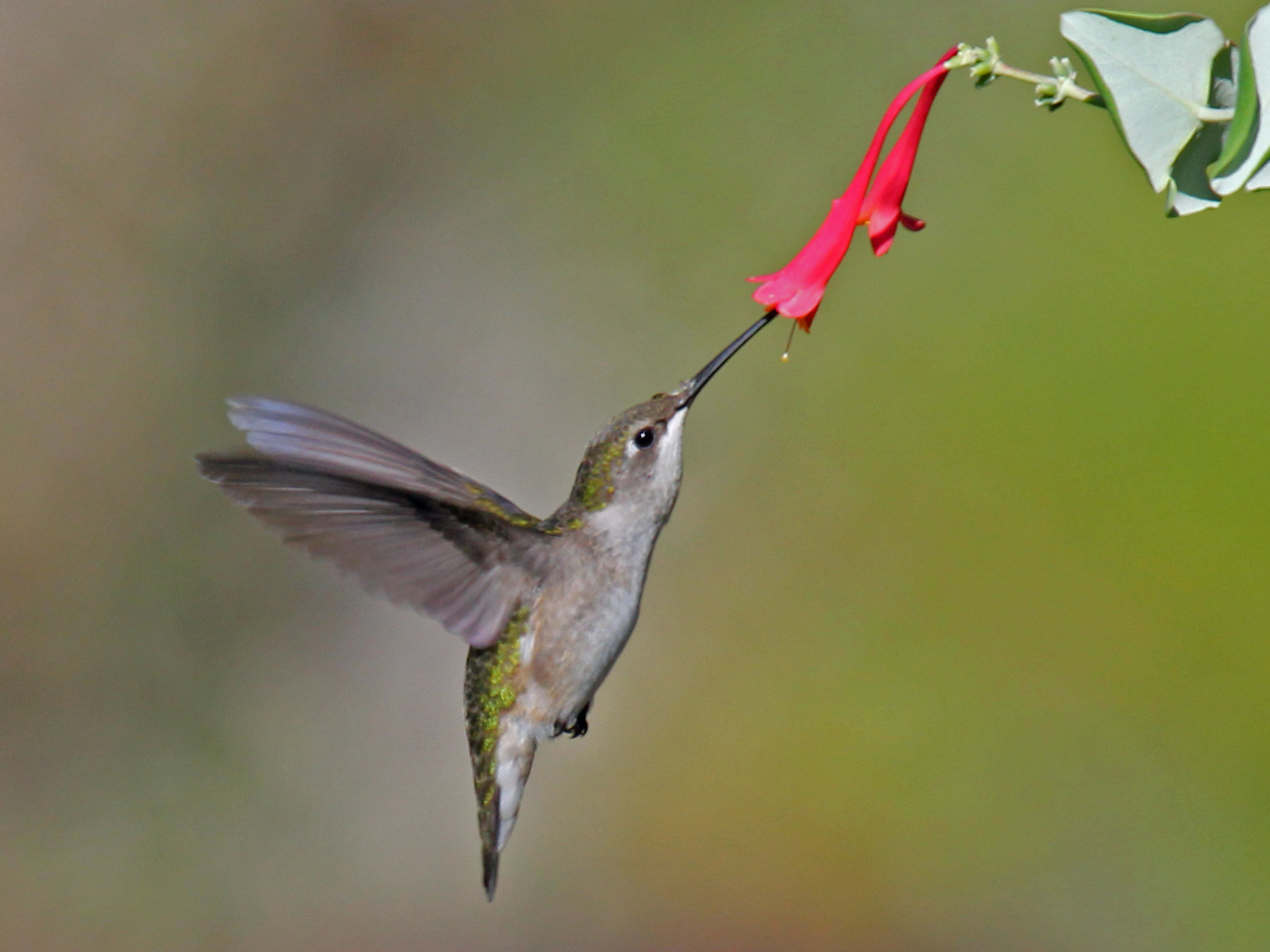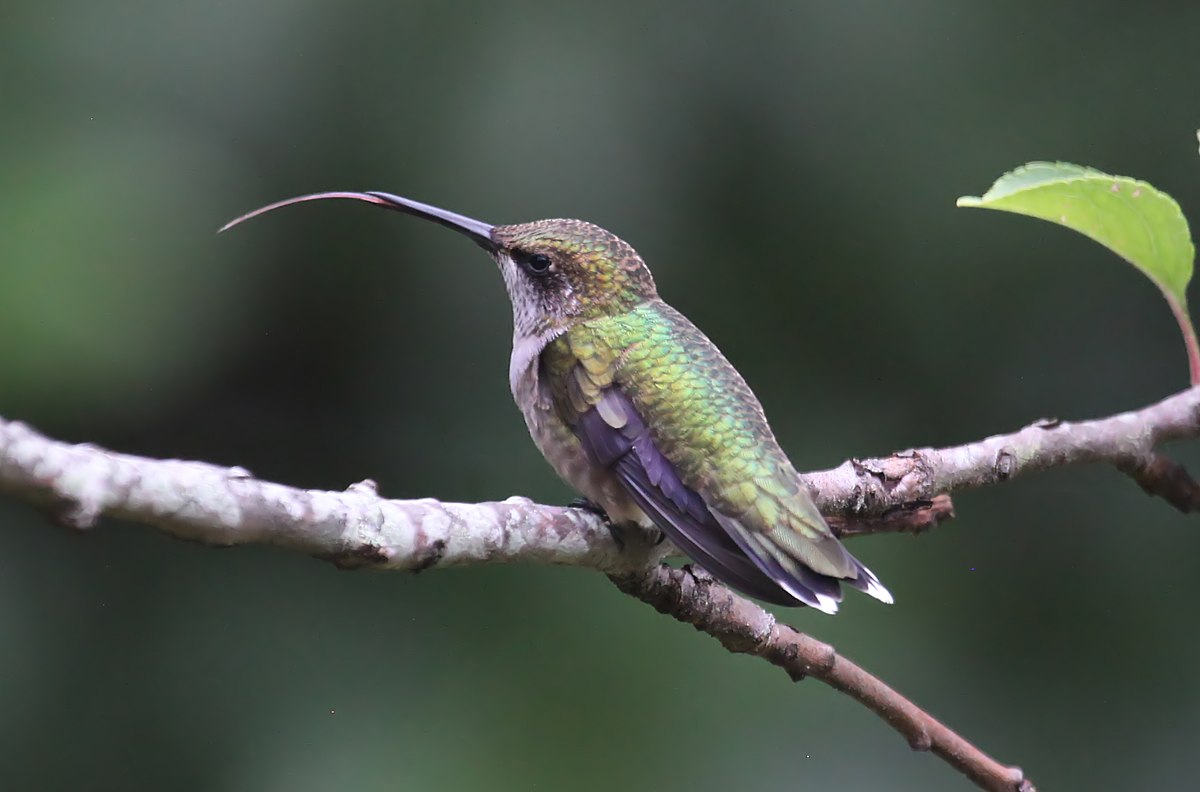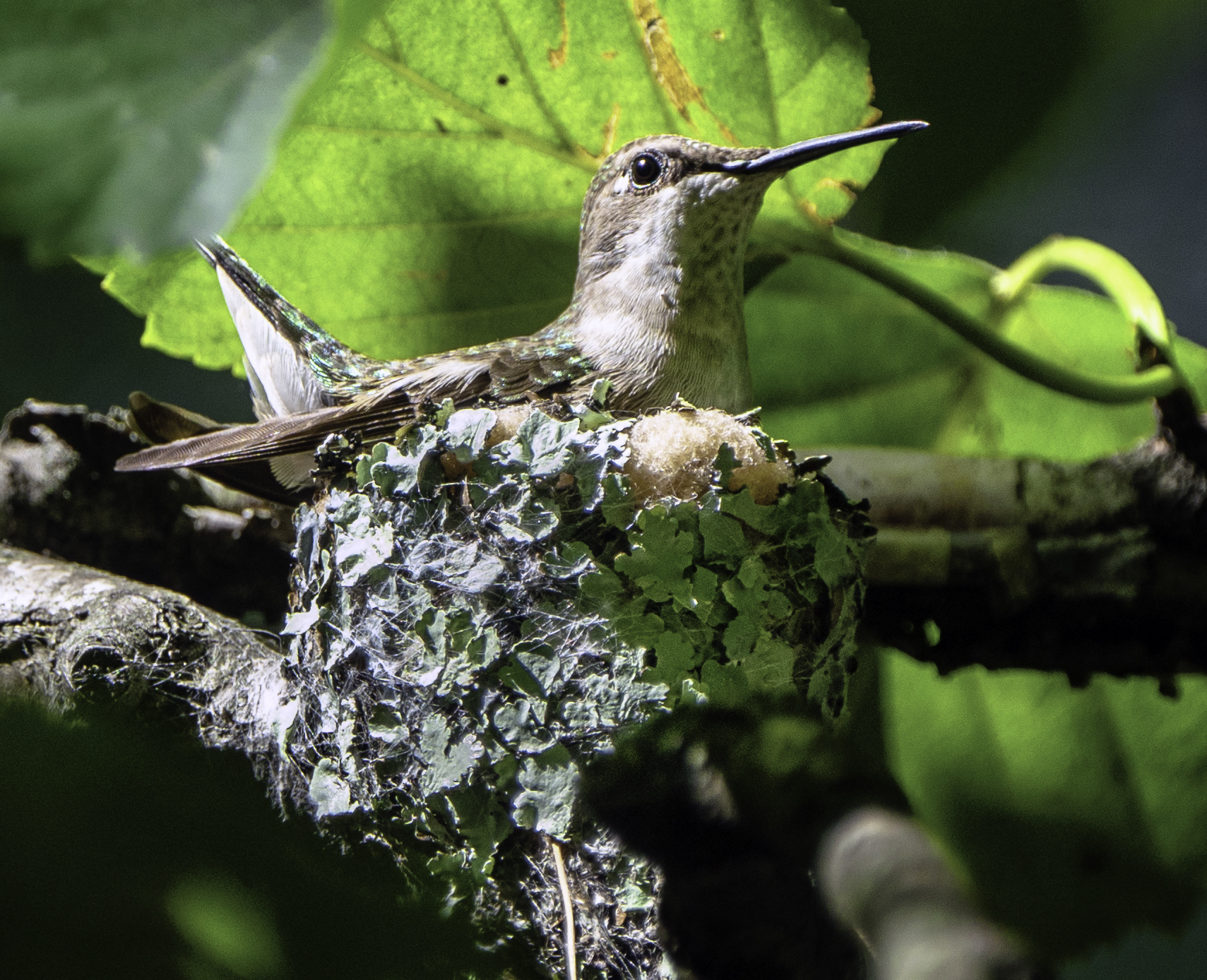Wonders of Wildlife: Ruby-throated Hummingbird
| Ruby-throated Hummingbird Scientific Name: Archilochus colubris Found in Alabama: Statewide Diet: Omnivore (eats plants and animals) |
|
| Male Ruby-throated Hummingbird Wikimedia - Matt Tillett Click on image to enlarge it |
| CLASSIFICATION | ||
|
What type of animal am I?
|
|
|
| The Ruby-throated Hummingbird is a BIRD! | ||
| IDENTIFICATION TIPS | |
Size: |
|
| Key Characteristics: |
|
| Males | Females |
|
|
|
Male Ruby-throated Hummingbird Wikimedia - Joe Schneid, Louisville Kentucky Click on image to enlarge it |
Female Ruby-throated Hummingbird Sheila Brown Click on image to enlarge it |
| Young Males | Young Females |
|
|
|
Male Ruby-throated Hummingbird Juvenile Wikimedia - Pslawinski Click on image to enlarge it |
| ADAPTATIONS | |
| PHYSICAL ADAPTATIONS | |
| Ruby-throated Hummingbirds are colorful: | |
|
Ruby-throated Hummingbird Male and Female Dreamstime Click on image to enlarge it |
|
|
| Birds can fly: | |
|
|
| Birds can digest whole food: | |
|
|
| Hummingbirds can hover in fight: | |
|
Ruby-throated Hummingbird Hovering While Drinking from Cardinal Flower Dreamstime Click on image to enlarge it |
| Hummingbirds have long bills and special tongues: | |
|
|
|
Hummingbird Drinking from Flower
Wikimedia - Dick Daniels Click on image to enlarge it |
Hummingbird Tongue
Wikimedia - John Flannery Click on image to enlarge it |
|
| Hummingbirds have special feet: | ||
|
||
| BEHAVIORAL ADAPTATIONS | |
| Hummingbirds are diurnal: | |
|
|
| Hummingbirds migrate long distances: | |
|
|
| Hummingbirds protect themselves from cold weather: | |
|
|
| Life Cycle Stages of the Ruby-throated Hummingbird | ||
Nest: |
|
Female Hummingbird on Nest Wikimedia - Lorie Shaull Click on image to enlarge it |
Eggs: |
|
|
Young: |
|
|
Life Span: |
|
|
| NATURAL Habitat Needs | ADULTS | YOUNG |
| Food |
|
|
| Water |
|
|
| Shelter |
|
|
| Places to Raise Young |
|
|
| BACKYARD Habitat Needs |
ADULTS | YOUNG |
| Food |
|
|
| Water |
|
|
| Shelter |
|
|
| Places to Raise Young |
|
|
| ECOLOGICAL ROLE | |||
| Animals play an important ecological role in the health of habitats and ecosystems. | |||
Food Source: |
|
|
|
Pollinator: |
|
||
INFORMATION SOURCES FOR THIS SPECIES
 |
 |
|
 |
 |
|
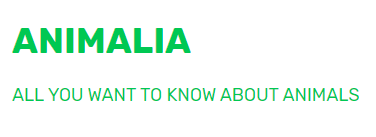 |
|
|
|
|
||
 Wildlife Tag
Wildlife Tag
